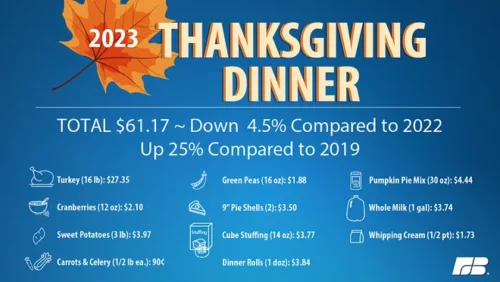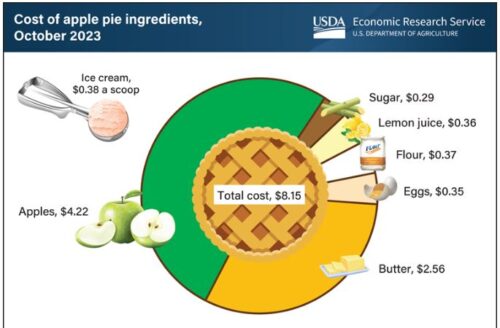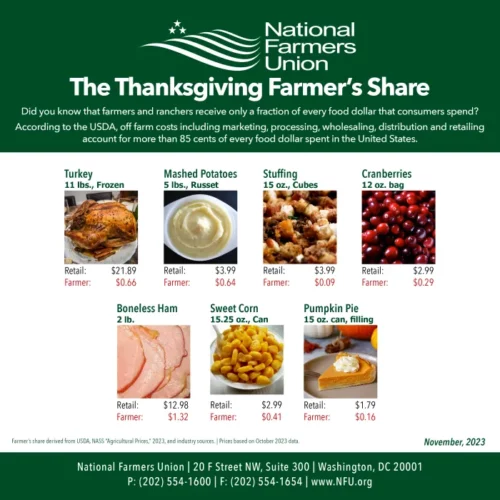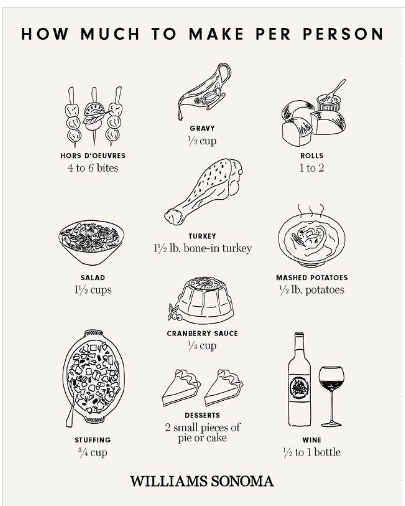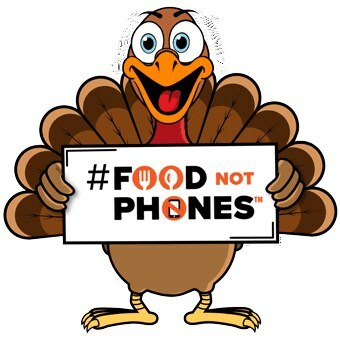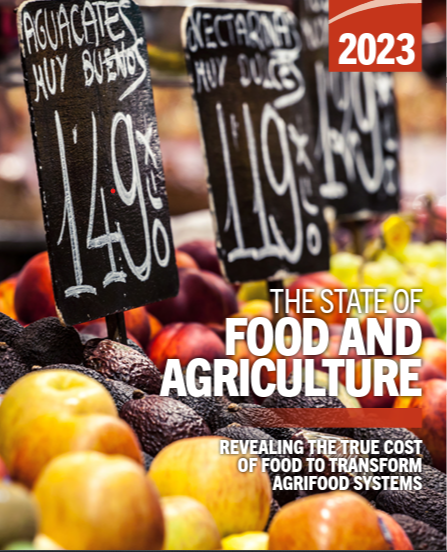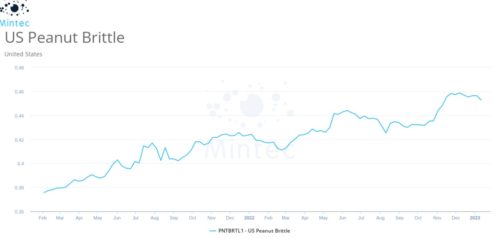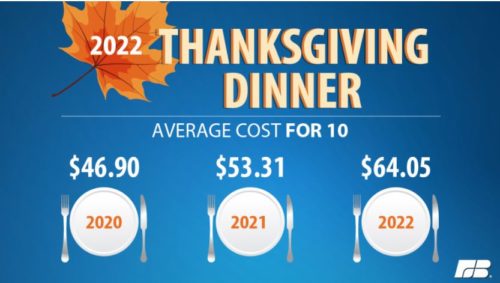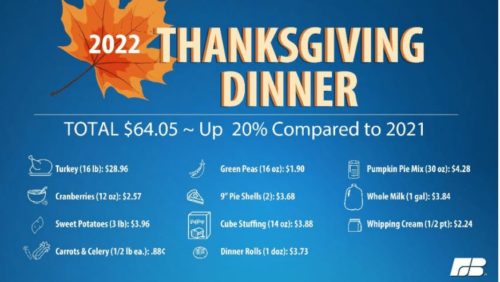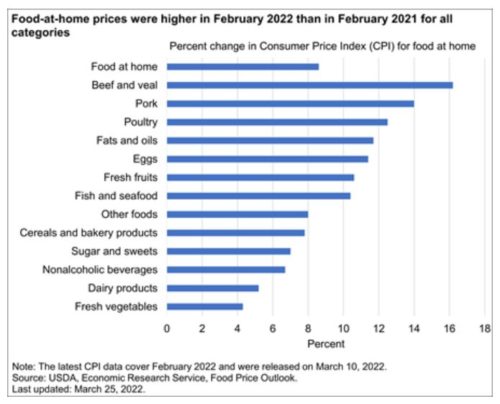This week’s report #1: FAO’s State of Food and Ag, 2024
It’s a slow-news holiday week so I’m going to use it to catch up on reports. The first:
FAO: The State of Food and Agriculture 2024: Value-Driven Transformation of Agrifood Systems
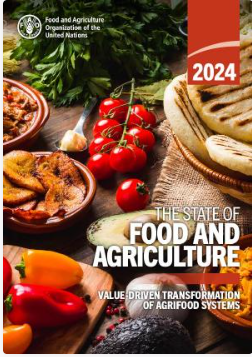
FAO uses true cost accounting (TCA) to analyze global food systems.
- ➔ By improving on the hidden costs quantified in The State of Food and Agriculture 2023, this report unpacks the health hidden costs associated with unhealthy dietary patterns linked to an increased risk of non-communicable diseases (NCDs).
- ➔ Case studies show how targeted TCA assessments conducted across multiple agrifood systems categories provide more nuanced insights into the requisite agrifood systems transformation and potential actions moving forward.
Here is an example of the kinds of analyses presented here.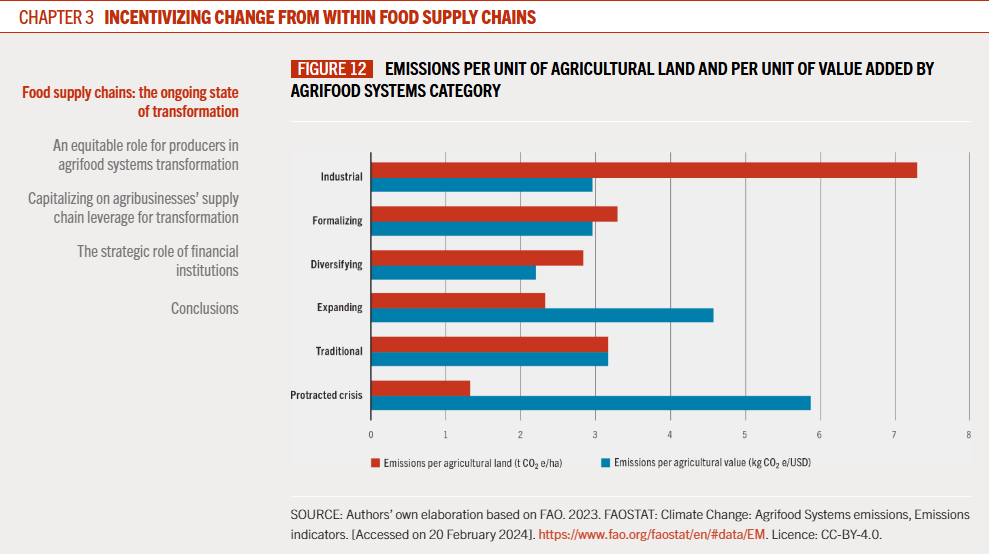
And here are the resources:
- Read the full digital report
- Read the In Brief
- Read the interactive story: Beyond the price tag
- Watch the video: State of Food and Agriculture 2024. Value-driven transformation of agrifood systems
- Read the press release: Unhealthy dietary patterns drive $8 trillion in annual hidden costs of global agrifood systems
- Read The State of Food and Agriculture 2023
Read the background papers:
- Navigating the distributional challenges of agrifood systems transformation
- The hidden costs of coffee production in the Eastern African value chains
- A typology for agrifood systems
- Potential of crop diversification to address the hidden costs of major crop value chains in Central Asia
- Refining national true cost accounting for agrifood systems
- Hidden costs of agrifood systems
- How to reduce agrifood systems’ future hidden costs? A multi-country case study

